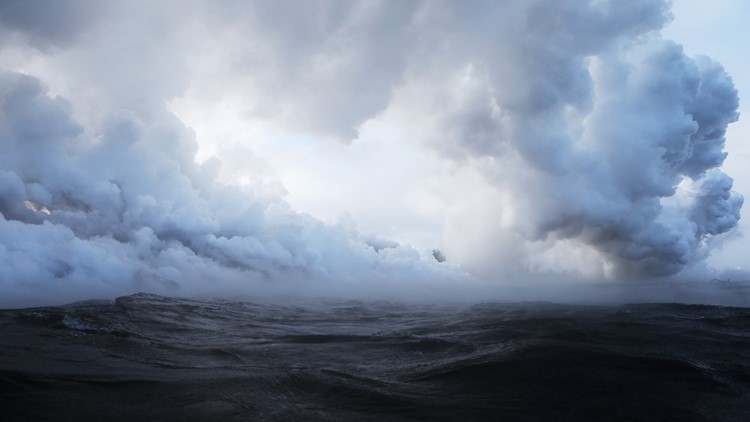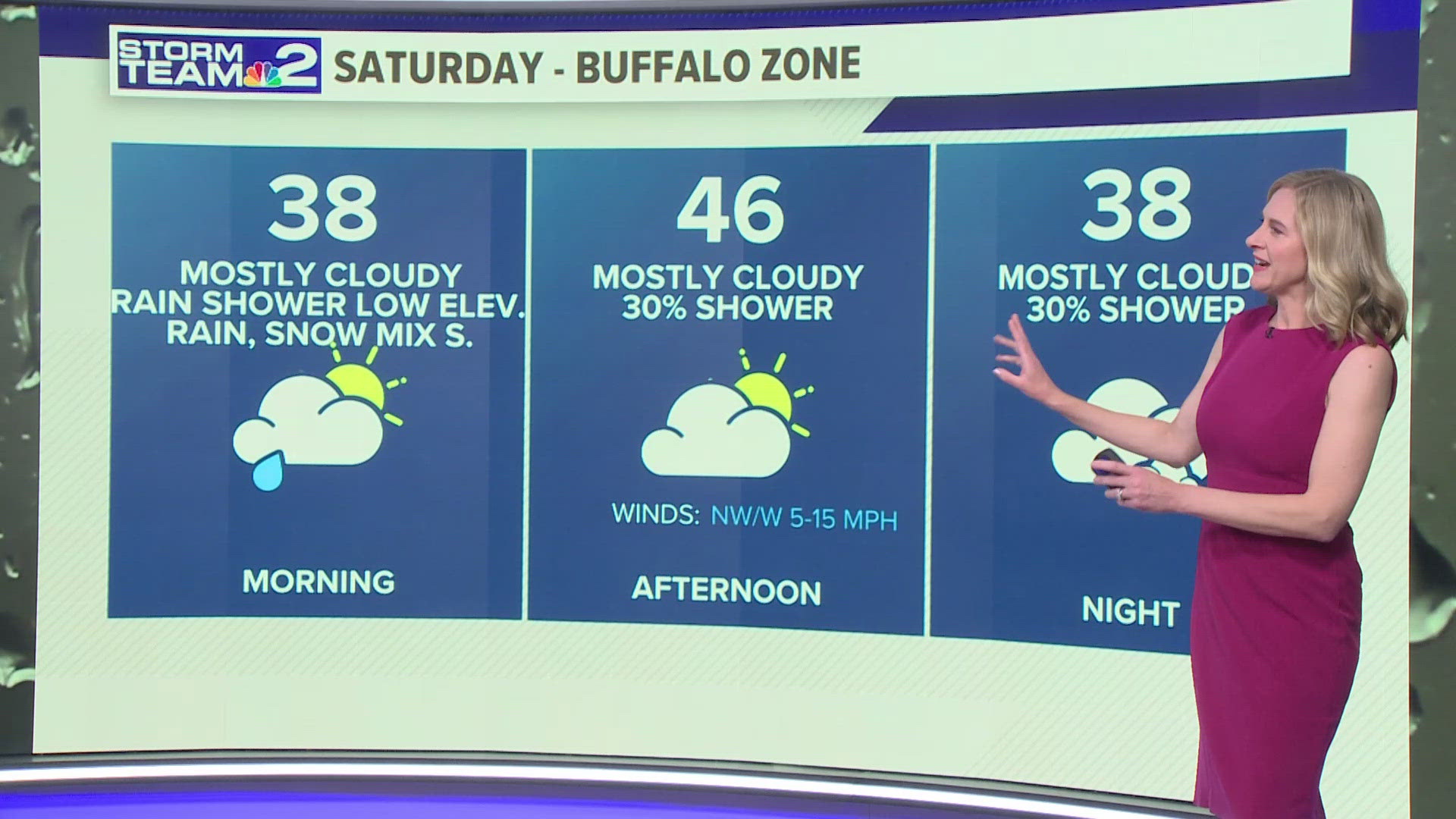BUFFALO, N.Y. — A new study released Wednesday suggests that heavy rainfall could have triggered the historic Kilauea eruption in May of 2018. This eruption had a domino effect across the "Ring of Fire," the active area surrounding the Pacific Ocean, and lead to an active spring and fall for the region.
Kilauea is an active shield volcano on the main island of Hawaii. It's estimated to be around 250,000 years old and has had heightened activity since 1983.
In 2018, Kilauea erupted on May 17 and continued to spew ash and lava from its core through September. In this new NASA funded study, researchers hypothesized whether the cause of this eruption was not from below the ground, but above.
Volcanic eruptions occur when the pressure inside the magma chamber rises. This typically comes from increased tectonic plate activity under the surface of the earth. This pressure breaks the surrounding rock around the volcano and it erupts.
Initially, volcanologists proposed that this particular eruption came from the common cause described above. But, if the eruption was caused by a forcing under the earth, it could have been detected prior to the eruption. It's only by a few centimeters, but instrumentation can detect these small changes. However, as the co-author of the study, Falk Amelung, explained, there was no significant inflammation in the surrounding rock prior to the May 2018 eruptions. This is what lead to this new study and hypothesis.
From March to May of 2018, Honolulu received 27.43 inches of rainfall. And while that may seem like a lot, it's only a few inches over the average of the three months combined. In addition, this rainfall occurred daily from April to mid-May, right before the eruption.
So in the case of Kilauea's May 2018 eruption, it's possible that the proceeding heavy rainfall could have caused pressure to rise inside the volcano from the outside, by the force of rain hitting the volcano repeatedly from April to May.
In addition to serving as a new warning sign to volcanic eruptions, this finding validates other studies that have looked into Kilauea eruptions that occurred during Hawaii's wet season. This study is the result of initial findings, and researchers tasked to this project will continue to look into other ways rainfall could have played a role in this eruption.



